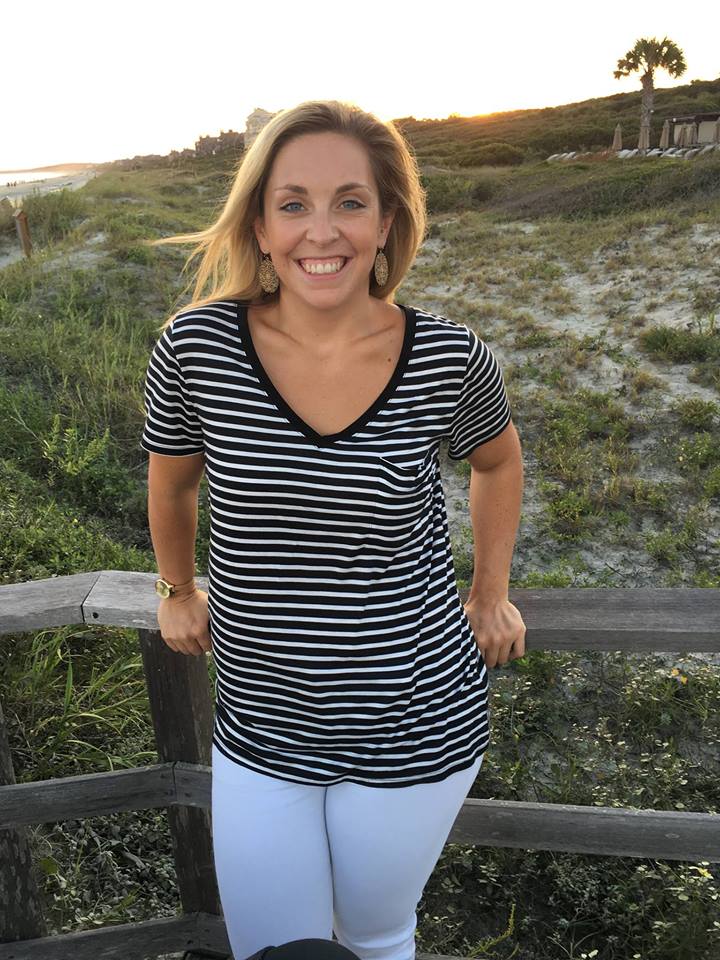The nutritional information on a label is almost always based on the weight of the product. The measurement is just an estimate. By weighing your food, you know exactly how much you are eating. I found this photo example below from active.com :
Using a measuring cup VS weighing your foods can be throwing you off by hundreds of calories a day. The serving size of oatmeal is 40g or 1/2 cup for 140 calories. If you weigh out 40g, you actually get a bit less than a 1/2 cup but you know you are getting 150 calories.
On the right, they filled the half cup up and then measured it. It came out to be much more than 40g AND almost 50 calories more as well when you think that you are only having 150 calories.
If you do not have a food scale, I cannot recommend you get one soon enough! You can get one for around $10 online or in any big box store. If you have been dieting and using measuring cups and spoons, try weighing and see what a difference it makes!
What should I weigh?
Everything you can! The only things I do not weigh are eggs, breads, and spices.
Example:
Breakfast is two eggs, a slice of toast and half of an avocado. Well, how much is a half? Avocado's can vary in size from fairly small to large. Half of a large avocado is not going to be the same as half of a small one. To accurately track this, you will take the skin off of the portion you want to eat. Weigh it (grams is the most accurate but use whichever unit is best for you) and then log that weight for your serving size. So your log will say "60 grams of avocado" or "2 oz" of avocado. Not just "half" because half can be a large difference of calories depending on the size!
Also, weigh as much as you can RAW/Uncooked! If the package SAYS that the serving size is for a cooked product, then cook it and weigh it. Otherwise the package is stating the serving size for the product AS IS in the package.








0 comments:
Post a Comment